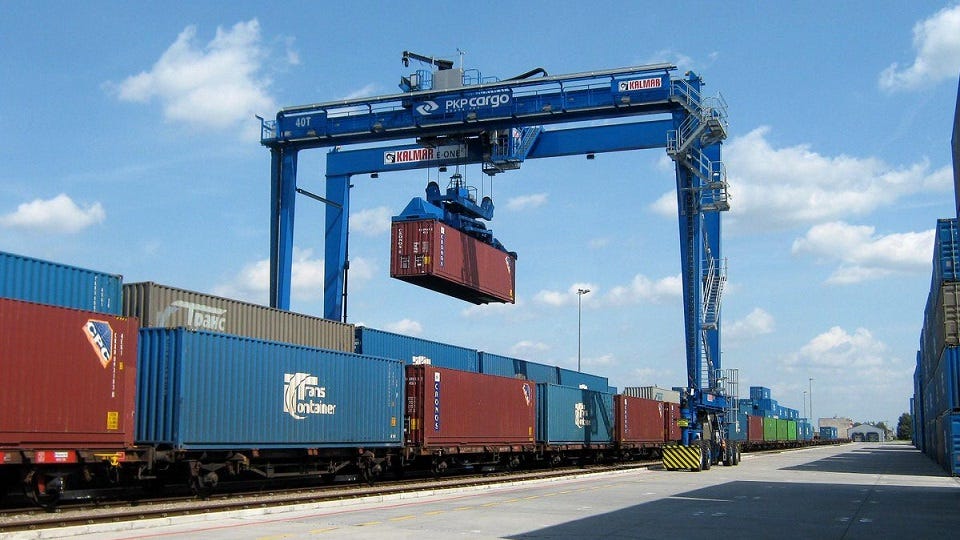Poland reopens Małaszewicze crossing, restoring China-Europe rail corridor

Poland reopened the Małaszewicze rail crossing with Belarus at midnight on Wednesday, ending a two-week closure that blocked more than 100 freight trains and disrupted trade worth around EUR 25 billion annually. Prime Minister Donald Tusk confirmed the decision Tuesday but warned that border closures could return if security tensions escalate.
The crossing handles roughly 90 percent of all China-Europe rail freight, making it the single most important entry point for Chinese goods into the EU. The shutdown on September 12 followed drone incursions from Belarus and Russia and coincided with the Zapad-2025 military exercises, which Warsaw viewed as a threat to NATO’s eastern flank.
Supply chains scrambled during two-week halt
The closure triggered immediate disruption. Freight forwarders scrambled for alternatives, Baltic shipping rates tripled to nearly USD 9,500 per container, and some time-sensitive cargo shifted to costly air freight. Others were rerouted via the Middle Corridor through Kazakhstan and the Caspian Sea, though capacity remains limited.
For the China-Europe Railway Express, Małaszewicze is a critical bottleneck. The route carried goods worth EUR 25 billion in 2024, with electronics, machinery, batteries and electric vehicles making up about 60 percent of the cargo. Chinese e-commerce platforms such as Temu and Shein increasingly rely on rail to cut delivery times without paying for air transport.
While rail traffic has resumed, several road crossings remain closed indefinitely amid ongoing migration pressures since 2021. Interior Minister Marcin Kierwiński stated the border would stay open only “when conditions are safe.”
Outlook
The reopening eases immediate supply chain stress, but the incident highlights the fragility of Europe’s reliance on a single east–west rail artery. Future disruptions remain possible as security tensions with Belarus and Russia continue. Industry observers expect renewed pressure to diversify routes, though both the Northern Corridor via Russia and Finland and the Middle Corridor through Central Asia face infrastructure and cost barriers.

